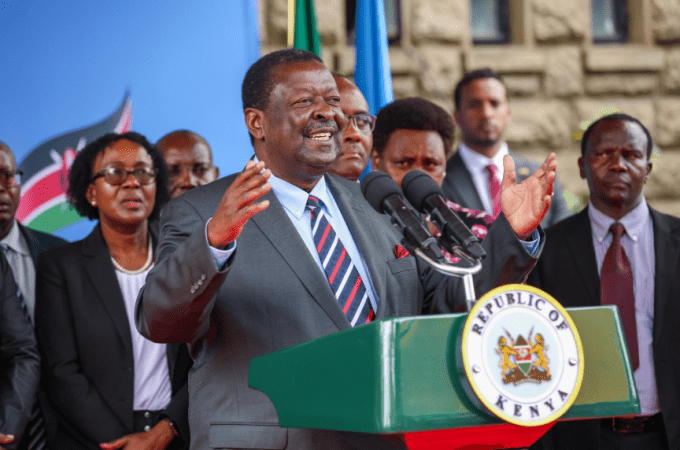NAIROBI – Kenya has joined the top 10 economies in Africa after growth figures were revised, showing that it had been previously understated by at least 25%. The economy’s GDP, measured by annual output of goods and services, has thus increased by the same margin, revised data from the national statistics bureau show.
This has catapulted Kenya past Ethiopia, Ghana and Tunisia. Figures released today changing the base calculation year to 2009 from 2001 show a larger increase than had been anticipated, pushing the country into the lower ranks of the World Bank’s so-called middle income nations. The Kenya National Bureau of Statistics findings are the result of more accurate data on key sectors such as property and telecoms.
The nation’s rebased Gross Domestic Product for last year is now estimated at Ksh4.76 trillion (about $55 billion), up from KSh3.8 trillion, the minister for devolution and planning, Anne Waiguru, said. Economic growth for the year has also been put at 5.7%, up from 4.7%. The nation’s average income, the wealth produced annually divided by the population, rises from $999 (about KSh88,000) to $1,246 (KSh109,000).
The World Bank defines nations with GDP per capita of between $1,045 and $4,125 as “lower middle income”. Such nations are not eligible for interest-free loans typically offered to poorer nations. However, analysts say this is not likely to have any effect on Kenya since investors and lenders have already been treating it as if it were already a middle income country.
Kenya jumps about 10 places globally and now has a larger economy than Guatemala ($54bn), Bulgaria ($53bn), Macao SAR/China ($52bn), Costa Rica ($50bn), Slovenia ($47bn), Lithuania ($46bn) and Lebanon ($44bn). The rebasing means debt levels fall as a proportion of GDP. This could give the government some leeway for more borrowing to help finance its plans.









Leave a comment